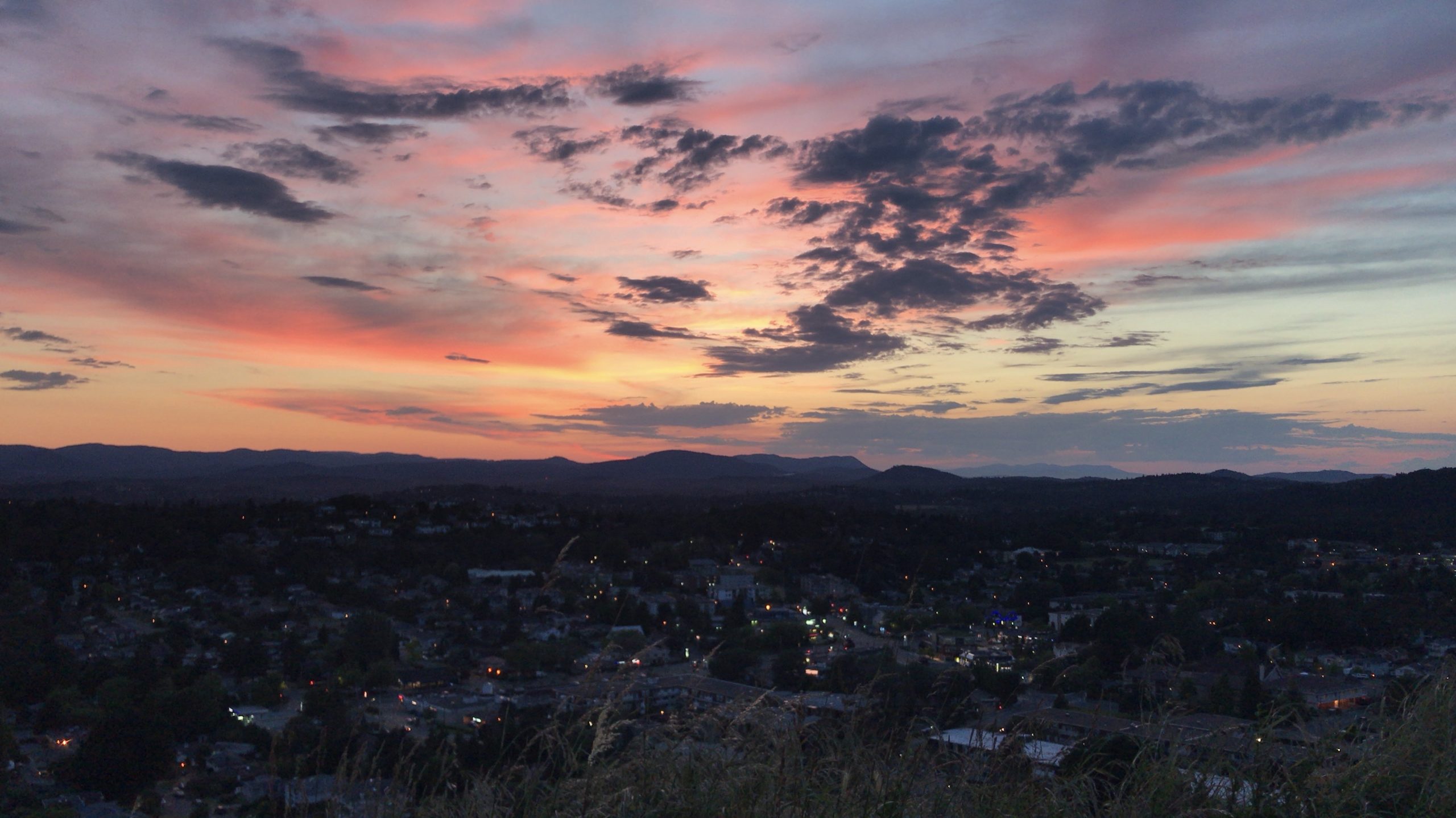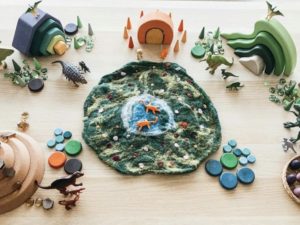
Sunset from Mt.Tolmie – Anna Kato
Hi everyone!
It is crazy that we are already half way through the semester, and that we are also almost hitting the end of the year! Honestly, what a year.
Anyways, lets’s look at the topic for Blog Post #3.
“How will your interactive learning resource specifically ensure that the needs of all learners can be met?”
First of all, let me briefly explain what our group is working on.
We are using Inquiry based approach for our interactive learning resource. Our topic is D i n o s a u r s🦖, and we are targeting grade 1 students.
Subtopics we are covering are as follows:
- History and Origin of dinosaurs
- Types of dinosaurs
- Extinction
- Dinosaurs and Environment
Inquiry based learning is co-planned by teacher and students. Teacher and students communicate throughout the unit so that they can modify lessons (if necessary) depending on what and how students want to learn about the suggested topics.
Inquiry based approach gives many options for students to explore, deepen their understandings, present, and share and show their learning. Using this approach, learning becomes more visible.
Students will be an expert in their area of focus and will be able to gain ownership of their learning. For those who are not familiar with Inquiry based approach, please check my previous blog or Candice’s post for these might give you a better understanding on what my group is trying to do!
Everyone learn differently and present their learning different. Some like to take time, some are visual learners, some are very good with technology, some are very good at writing, etc… So, in our interactive learning resource, options are given to students on how they’d like to learn on the topic that we are focusing, and how they’d like to present and share their learning.
Here are some examples on how that may look like depending on the types of learners:
- For ‘bookworms’📚 – They are free to use books, brochures, magazines, encyclopedia, or any other resources that are available at the school/classroom/public library, etc.
- For the (visual and) techy type🖥 – they are more than welcome to use the school’s technology such as chrome book, PC, and iPad to search up videos, photos, facts, etc. to conduct research.
- The social type🗣 – These students may go do an “interview” on the school librarian, other teachers, their family members, or really, anyone who is an expert on that field or anyone who can help them further their learning.
Now let’s talk a bit about possible presentation method.
If your students are…
- Artsy and crafty type 🎨 – creating a mini museum booth in one section of the classroom so that other students can come take a look at their work and learn from it through them. Creating a story book is also another option.
- Hands-on/drama type🎭 – Students can (maybe be a dinosaur) act out a play for the class audience. They may use trees (that they found outside), blocks, felts, or even create their own ideal props to share their learning.
*Teachers, don’t forget to film this for documentation!
- Video editing, ‘YouTuber-like’ type 📹 – these students are welcome to create a short video (possibly with a grownup’s help with this age group, or with peer’s help) that talks about what they learned or filming their story telling possibly using props such as felts, Dino figures, Dino eggs, etc.

Example of story telling props – image retrieved from Rebecca Bathurst-Hunt @inquiryteacher on Instagram
Lots of time will be given in class, and possible equipment rentals will be considered for keen learners who doesn’t have resources at home, but would love to work on it more at home.
Reference:
Bathurst-Hunt, Rebecca [@inquiryteacher]. (2020, February 15). Dino vibes coming in! [Instagram photograph]. Retrieved from https://www.instagram.com/p/B8m8lkxBgdt/?igshid=xyjorhhk9eqn
Leave a Reply